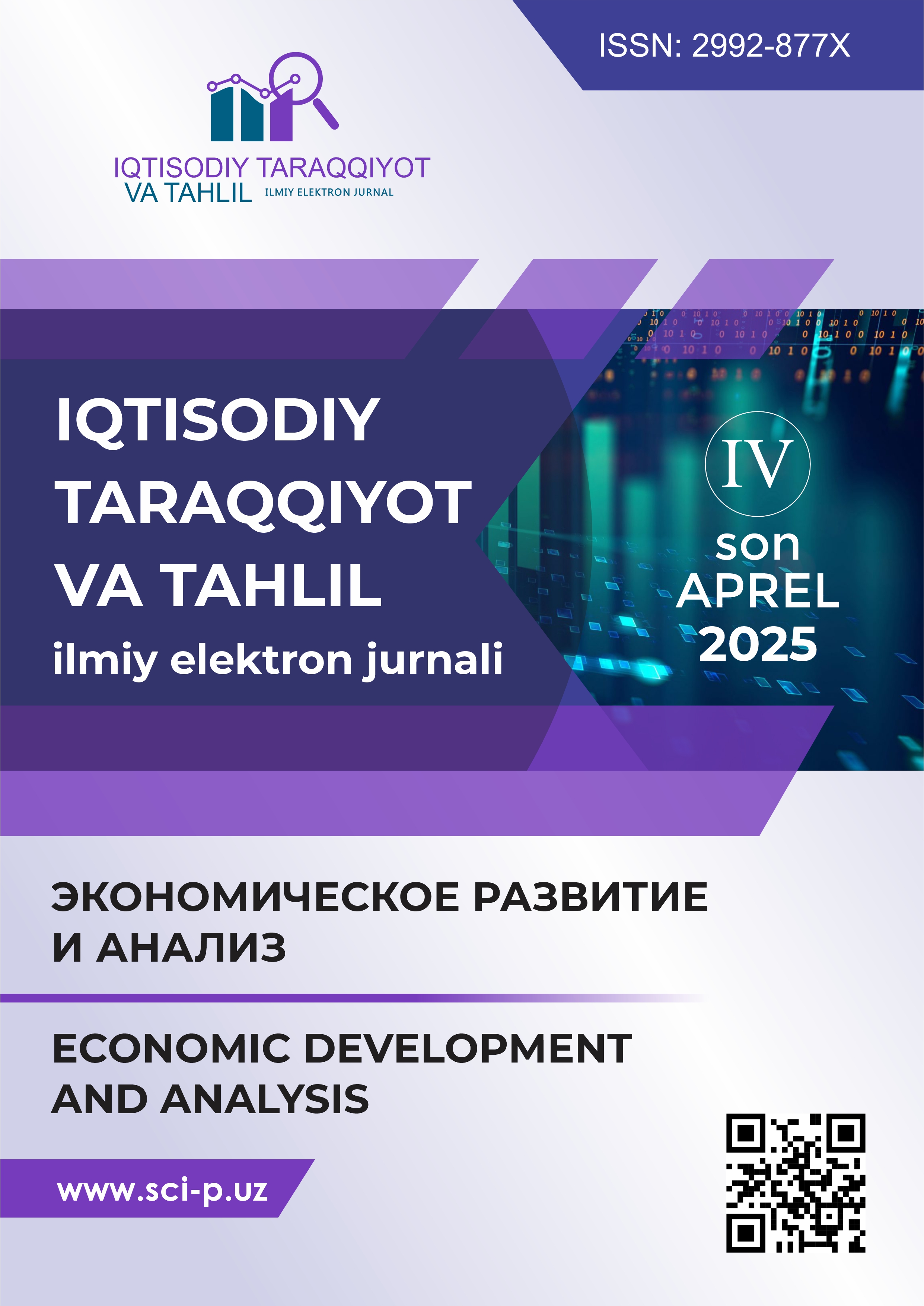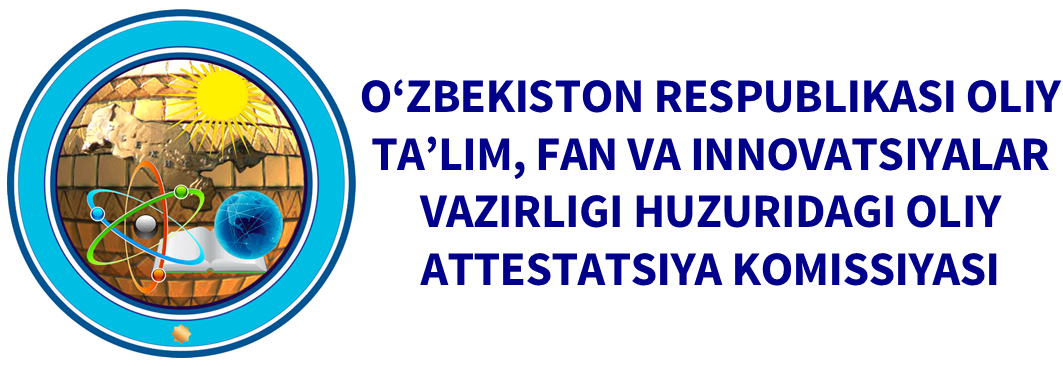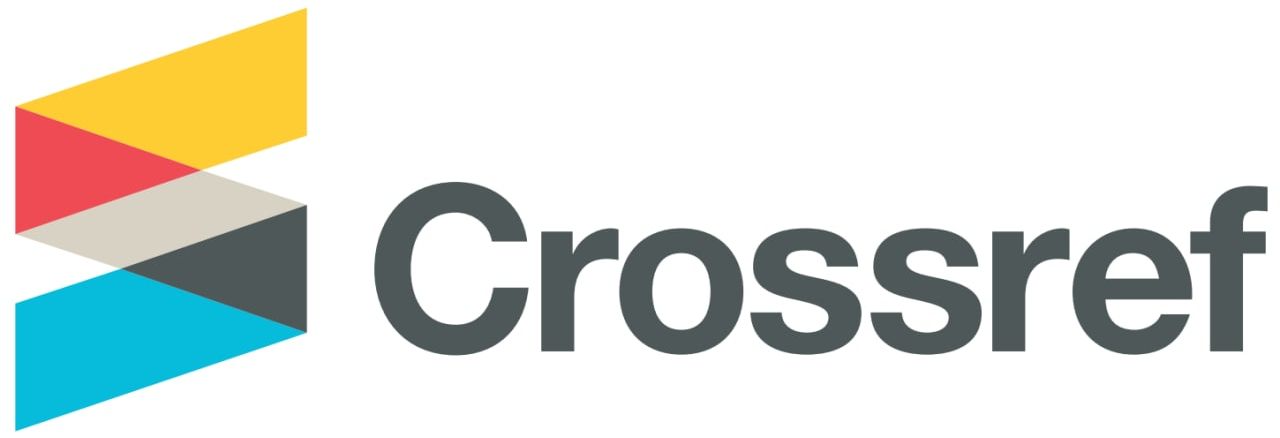FORECASTING ENERGY CONSUMPTION IN UZBEKISTAN
DOI:
https://doi.org/10.60078/2992-877X-2025-vol3-iss4-pp154-165Abstract
It is vital to establish trustworthy forecasting methodologies in order to predict and assess a country's energy consumption ahead of time. This enables economists to better track and analyze consumers' energy needs. To that purpose, this study was done to establish the Republic of Uzbekistan's long-term energy consumption forecast using data on energy consumption volume acquired between 1985 and 2023. The forecasting procedure used the econometric ARIMA model. The Box-Jenkins approach was used to determine the optimal ARIMA order. According to the findings, the ARIMA (0,1,3) model was shown to be the most accurate. Based on this model, the entire predicted results had an average percentage inaccuracy of 7.2 percent. It was discovered that ARIMA is the most effective model for making long-term strategic decisions about energy consumption.
Keywords:
ARIMA AIC BIC stationarityReferences
Akaike, H. (1973). Information theory and an extension of the maximum likelihood principle, in Proceedings of the 2nd International Symposium on Information Theory, Akademiai Kiad´o, Budapest, pp. 267–281.
Akaike, H., (1974). “A New Look at Statistical Model Identification”, IEEE Transactions on Automatic Control, AC-19, pp. 716-723.
Bishnu Nepal (2019) Electricity load forecasting using clustering and ARIMA model for energy management in buildings https://doi.org/10.1002/2475-8876.12135.
Lai, S. L. et al. (2014). Energy Consumption Forecasting in Hong Kong Using ARIMA and Artificial Neural Networks Models In Applied Mechanics and Materials (Vols. 672–674, pp. 2085–2097). Trans Tech Publications, Ltd. https://doi.org/10.4028/www.scientific.net/amm.672-674.2085.
Ljung, G. and G. Box, (1978). “On a Measure of Lack of Fit in Time Series Models”, Biometrika, Vol. 66, pp. 67-72.
Lu W., et al. (2020) “A CNN-LSTM-based model to forecast stock prices,” Complexity, vol. Article ID 6622927, 10 pages.
Mumbare S S, Gosavi S and Almale B (2014) Trends in Average Living Children at the Time of Terminal Contraception: A Time Series Analysis Over 27 Years Using ARIMA (p, d, q) Nonseasonal Model[J]. Indian journal of community medicine: official publication of Indian Association of Preventive & Social Medicine 39(4) 223-228.
Odiljon Rikhsimbaev, Akram Ishnazarov, Sarvar Mamasoliyev, (2023) Comparison of ARIMA and Deep Learning Models for Forecasting the Consumer Price Index in Uzbekistan: Using R Packages 2023/12/21 Proceedings of the 7th International Conference on Future Networks and Distributed Systems 562-569.
Rauf, S.A.A., Adekoya, A.F. (2023). Forecasting household energy consumption based on lifestyle data using hybrid machine learning. Journal of Electrical Systems and Inf Technol 10, 43. https://doi.org/10.1186/s43067-023-00104-2.
Rehan Jamil, (2020) Hydroelectricity consumption forecast for Pakistan using ARIMA modeling and supply-demand analysis for the year 2030, Renewable Energy, Volume 154, 2020, Pages 1-10.
Sosa, G., et al. (2021). Forecasting electrical power consumption using ARIMA method based on kWh of sold energy. Science in Information Technology Letters, 2(1), 9-15. doi:https://doi.org/10.31763/sitech.v2i1.637.
Suo, R. et al. (2024). An innovative MGM–BPNN–ARIMA model for China’s energy consumption structure forecasting from the perspective of compositional data. Sci Rep 14, 8494 https://doi.org/10.1038/s41598-024-58966-z.
Wei Z., Kun Z., and Nanxing G. (2020) “Time series analysis and forecast of Yunnan province GDP based on ARIMA model,” Journal of Chuxiong Normal University, vol. 3, pp. 26–32.
Downloads
Published
How to Cite
Issue
Section
License

This work is licensed under a Creative Commons Attribution 4.0 International License.










